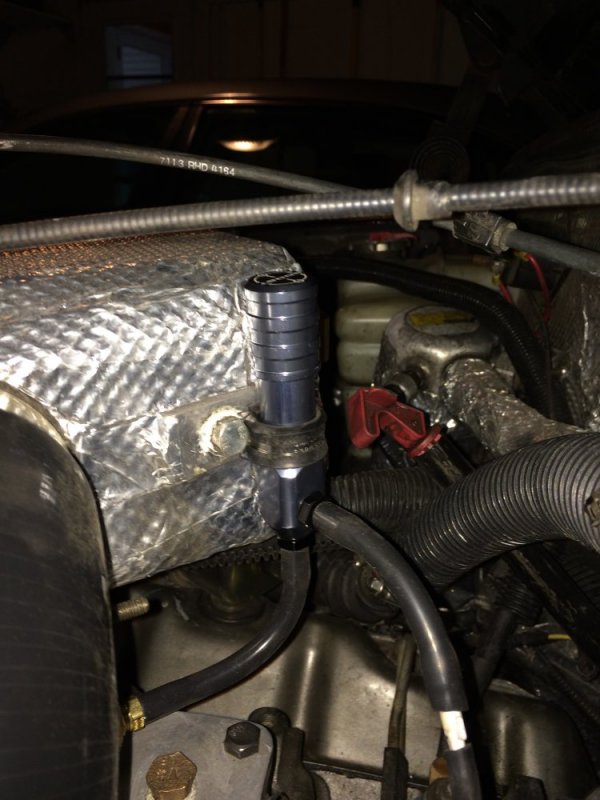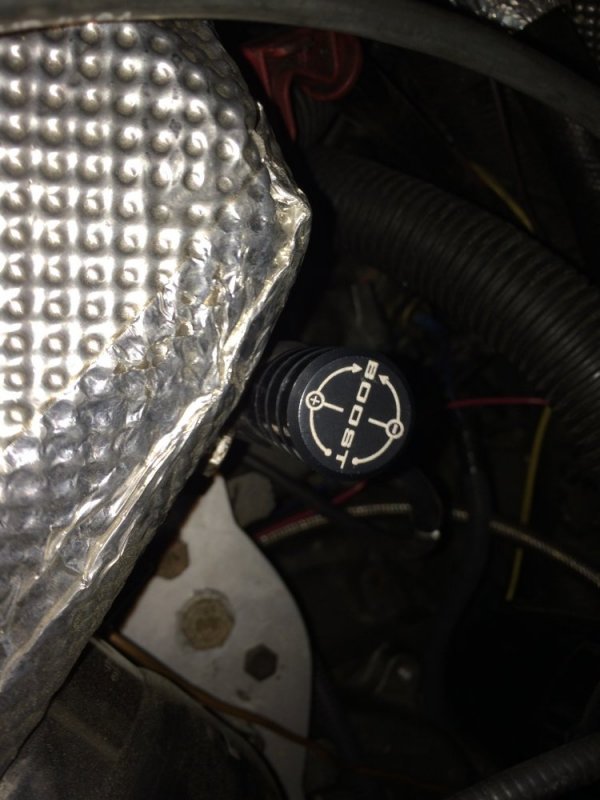FellowTraveler
Well-Known Member
Pre turbo works fine however the compressor blades will eventually wear from the water and a CAC/IC will more likely separate the water from the air-charge this is why water injection is run post CAC/IC and is also where the fogger nozzles shine performance wise "this higher the initial pressure the better like as in 1k psi minus actual boost, volume of water and number of nozzles.True, but it cools the charge post-turbo so it makes the air that's already in there more dense which crams more oxygen into the engine per intake valve opening. I feel like moisture pre-turbo wouldn't have the same effect. I could see it keeping temps down some due to the moisture being in the charge, but I don't feel like it would make the charge denser. It makes sense in my mind, I just can't explain it well (I'm sure it has nothing to do with the 3 hours of sleep I got last night....).
"The more dense the air-charge is the greater the TQ & HP output." Any of you every work on high boost gasser's found that up top the timing needs to be pulled or you'll loose the motor however w/high pressure water injection you can actually increase the timing up top for incredible gains in TQ & HP.
Not long ago some tinkered with blowing the air-charge through an elongated ac evaporator of course driven by the ac compressor the gains were well beyond expected FORD patented the idea and shelved it......


